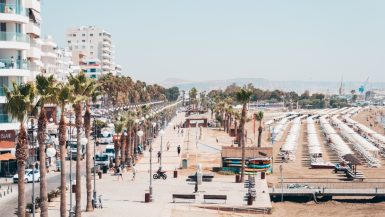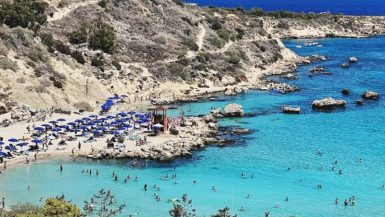
The shimmer of Nissi Beach under the sun, the lap of the turquoise waves in the Blue Lagoon, the trickle of Aphrodite’s Baths, the mystery of the ancient kingly tombs in Paphos – we could go on and on listing the things that make this island amazing. But what about things to avoid in Cyprus?
Cue this guide. It runs through seven facets of this diamond-shaped isle that you’re going to want to steer clear of. It’s varied stuff, with warnings for those who don’t want to be caught up in pumping party towns next to disclaimers about the character of the capital, plus some wise words about the local wildlife and whatnot.
The good news is that there’s really not all that many things to avoid in Cyprus when on holiday. Most folk will find nothing but sheer natural beauty, enthralling history, and fun-filled resort towns. But, just in case, let’s do the due diligence…
RAF Akrotiri
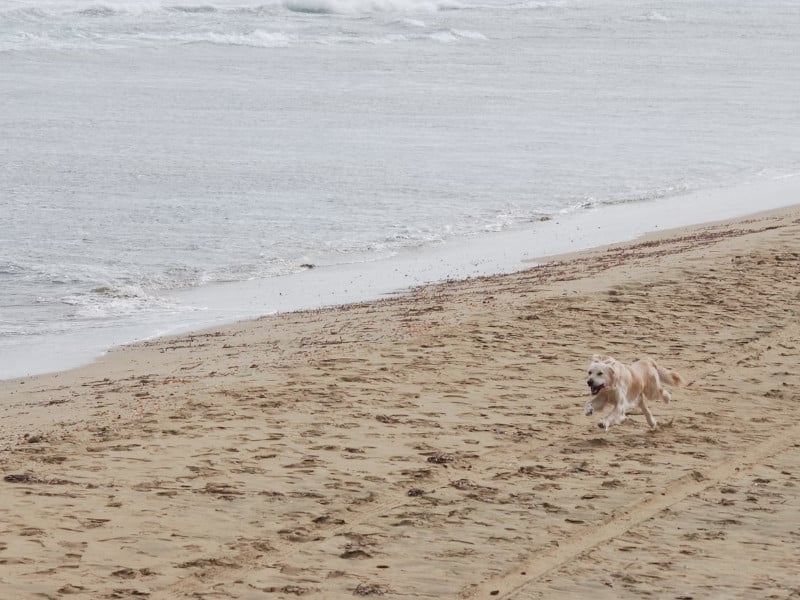
Believe it or not, there’s still a big cut-out of the island of Cyprus that isn’t Cyprus at all. We’re talking about Akrotiri and Dhekelia, an official British Overseas Territory that occupies upwards of 250 square kilometers of land here, just as it has done since the 1960 London and Zurich Agreements were signed to mark the beginning of independence for the Mediterranean nation.
Today, the base, which is still a very important strategic outpost for British military operations in the eastern Mediterranean and the Middle East, isn’t really the sort of place you’d want to visit on that sun, sand, and sea holiday. That is, if you’re even allowed…
See, much of the territory is totally out of bounds to visitors simply because it’s a military installation. There are some parts you can explore, like the Paramali Turtle Beach and the wavy pebble beach at Kourion, but they’re not really as impressive as the west coast beaches in Cyprus proper.
Ayia Napa

Ayia Napa is for some and not for others. You’ll either love it or hate it, so we think it’s worthy of a mention on this list of the top things to avoid in Cyprus. An out-and-out party mecca a la Ibiza and Malia, this one is all EDM shindigs that go on until sunrise, thumping mega clubs, and wild neon-lit dancefloors throughout the summer season.
The town of Ayia Napa is actually one of the last remaining enclaves of land that isn’t part of Turkish Cyprus. It’s far out on the eastern haunch of the isle, clutching the edge of the rugged Cape Greco headland with beaches to its front and coves spreading off to the south.
If that sounds tempting, remember that the coastline here comes balanced out by the infamous Ayia Napa Strip. In fact, it comes balanced out by TWO Ayia Napa strips. The first is pedestrian-only Tefkrou Anthia. The second is down on Ayias Mavris a block to the south. Both brim with rowdy bars and tattoo parlours, places with foam parties, DJ-spinning shot bars – you name it. If it’s not the scene you’re after then avoid, avoid, avoid.
Nicosia…maybe
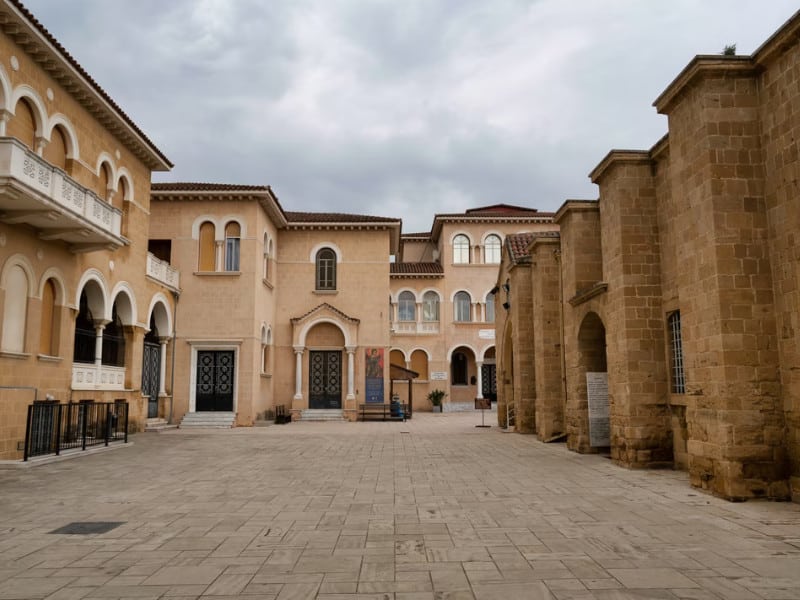
We’re not denying that the capital of the island might be interesting to some travelers. However, we’d put it up there with the top things to avoid in Cyprus simply because it doesn’t really showcase the country in all its glory. More to the point, it’s smack dab in the heart of the island, which means you’re just about as far as it’s possible to go from the stunning beaches further west and south.
More than that, Nicosia is a constant reminder that this is a land rended in two. In fact, there’s a patrolled international boarder running plum through the center. On the one side is Turkish Cyprus. On the other is Cyprus proper. There are points where it literally bisects gardens and courtyards, and there are even parts of the main drag of Ermou Street that are chopped up by the international state line.
We will put down one caveat here: For all Nicosia’s faults, it does remain a pretty enthralling town. There’s a whole old area that has cobbled streets and churches, and the place has a history that goes back more than 4,500 years in all! If you did want to, it’s also possible to cross to the Turkish side of the city from here, where you can encounter mosques in ancient cathedral buildings and steam-issuing hammam baths.
The Cyprian blunt-nosed viper

It might sound a little obvious but it’s a great idea to steer clear of the snakes in Cyprus, especially the Cyprian blunt-nosed viper. This nasty slitherer is the most dangerous serpent in the country. Just as the name implies, it’s a member of the Viperidae family of serpents, all of which are venomous and many of which are among the most formidable snakes on the planet.
This species, also sometimes known as the Lebetine viper or the Levant viper, is actually present all over the Middle East, North Africa, and even Central Asia. It’s been found as far afield as Kashmir in India but does very well in the balmy warmth of the dry and dusty eastern Mediterranean. AKA: Cyprus.
These guys have a bite that can actually kill humans, but it more commonly causes intense pain at the site of contact along with local necrosis of the flesh. They usually grow to just over a meter in length at full adulthood and have a distinct brown and pale-beige color pattern with marks that span the length of the body.
The peak, peak season
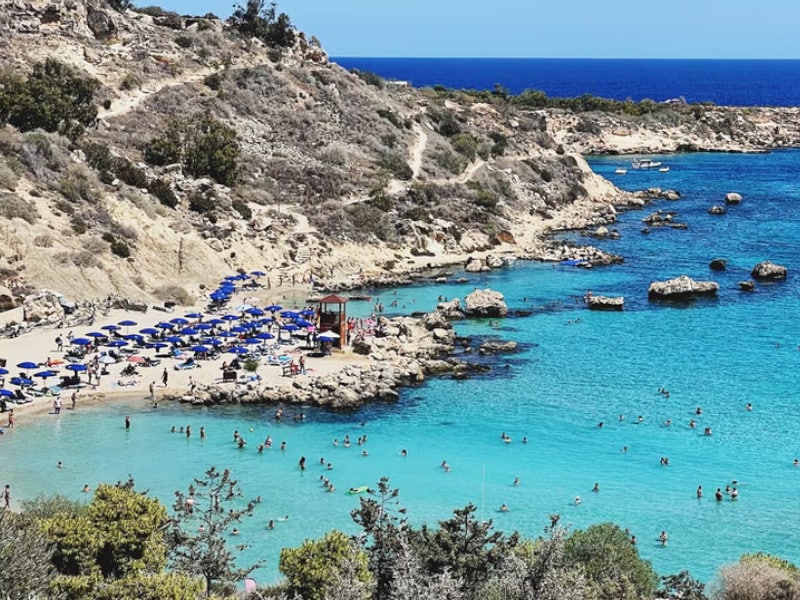
Around four million travelers every year choose Cyprus as their top holidaying destination. So, you’re in good company when you plan a vacation to this sun-scorched corner of the Mediterranean. Sometimes too good company!
The truth is the vast majority of said four million come in a single, short, three-month period. They start arriving when the European school breaks begin in July and then depart again around the end of August. With them come soaring hotel rates, way higher airfare for getting to Cyprus in the first place, and busier beaches – like, WAY busier beaches. You can barely move for sunbathing bodies from Protaras to Nissi Beach.
There are sweet spots that offer a balance of crowds, weather, and rates. If you’re not tied to specific holiday dates or aren’t chasing the soaring 90+ thermometer readings, then why not pick a spring or fall trip? This island is so far south in Europe that you can still get days of 80 F (26 C) well into October, only you won’t spend anywhere near what you would in July. That should leave more for your haloumi mezze and rakija!
Sticking only to the coast
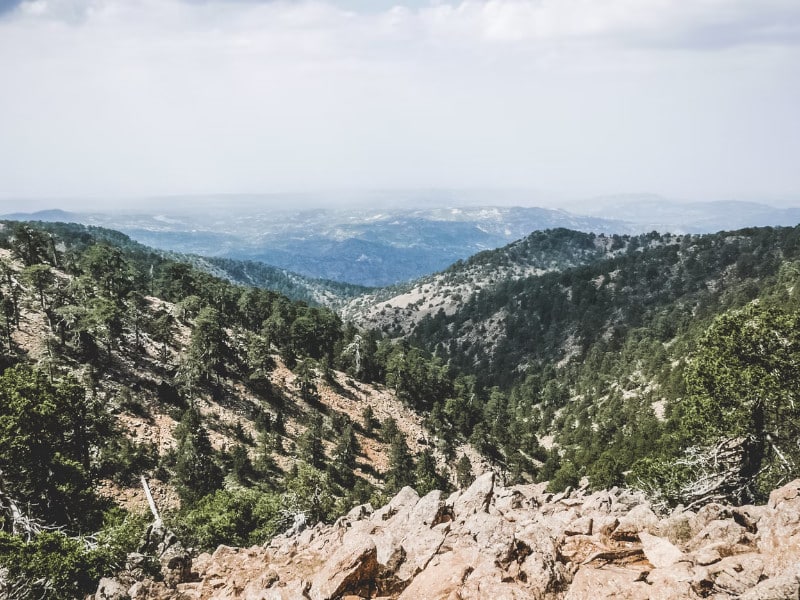
It should hardly come as a surprise that the biggest draw in Cyprus is the shoreline. It glimmers and glints under the ceaseless Mediterranean sun to offer up some seriously spectacular beaches and coves. There’s the Blue Lagoon up in Akamas, where turtles creep the sands. There’s Coral Bay, with its chic shoreline eateries. There’s stunning Nissi and Makronissos to boot.
Like most, you’ll probably want to make all those the centerpiece of your trip. However, there’s a whole other side to Cyprus that requires a diversion for a day or two: The Troodos Mountains. Soaring to just shy of 2,000 meters above sea level at their highest point, these craggy summits peak above the clouds to offer a whole wonderworld of adventure.
You can hike the Caledonia Trail through glades of pine trees to see the gushing Kryos River and its waterfalls. You can hit the Artemis Trail to see ancient ruins in the highlands that are left over from the Venetian era. There are tavernas with views of the pinnacle of the isle at Mount Olympos, and others with mystical Orthodox shrines and churches. It’s an amazing place to be without a crowd in sight.
Sticking only to the south
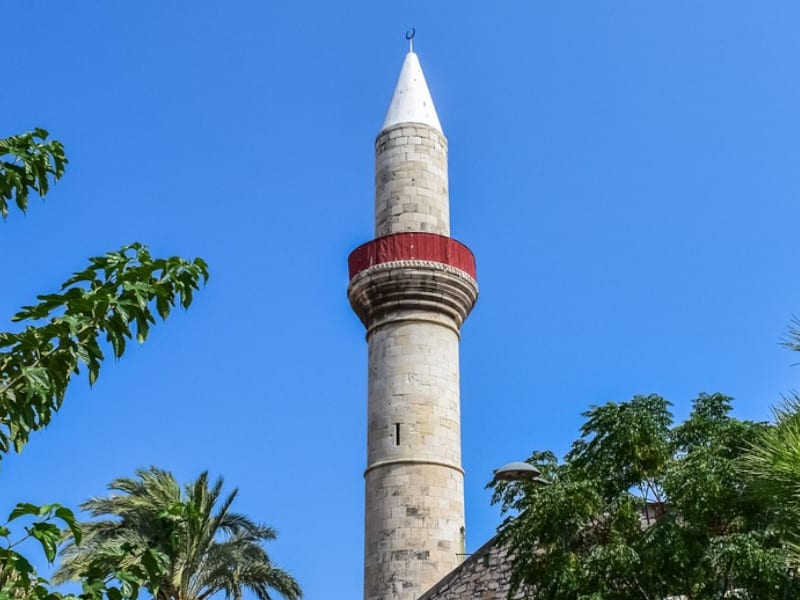
The south of Cyprus is where the attention is focused. This is the land of the Paphos ancient ruins, the land of the sparkling sands of Coral Bay, and the land of enthralling cosmo cityscape, Limassol. But there’s a whole other half to the isle that very few travelers ever see. It’s actually a de facto state on its own: North Cyprus.
Getting here is the first trick. You’ll need to cross the border at one of the designated immigration sites, where you’ll have your documents checked and okayed. You can also fly in, but there are only links from mainland Turkey, so it’s not the most convenient.
What awaits is a region that’s almost totally unexplored and untouched by modern tourism. There are many highlights, from soft-sanded beaches that are pretty empty even in the peak summer months to historic towns with Byzantine monasteries and old theaters. We’d say be sure to check out:
- Kyrenia Harbor – An amazing old city with a muscular castle – the Girne Kalesi – keeping watch over the bobbing boats.
- Famagusta – This walled city is riddled with medieval buildings and exudes history from every pore.
- Karpaz Peninsula – One for the beach lovers, this one hosts long runs of golden powder but also comes covered with dusty mountains inland.
Things to avoid in Cyprus – our conclusion
There aren’t all that many things you’re going to want to avoid in Cyprus. This is a place that attracts four million travelers every year with its mix of sun, sand, sea, mountains, and mystical monasteries, after all. To put it another way, it has a lot going for it! However, with venomous snakes and out-of-bounds military bases on the menu, you might want to get to grips with the places and things that are worth dodging during your trip to the eastern Mediterranean.
